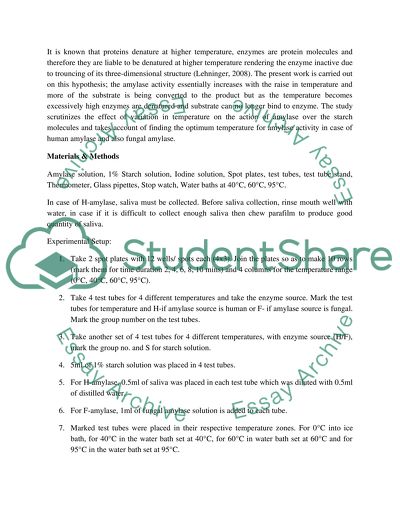Cite this document
(The Effect of Temperature on Enzymatic Activity of Amylase Lab Report, n.d.)
The Effect of Temperature on Enzymatic Activity of Amylase Lab Report. Retrieved from https://studentshare.org/biology/1558249-biology-lap-report
The Effect of Temperature on Enzymatic Activity of Amylase Lab Report. Retrieved from https://studentshare.org/biology/1558249-biology-lap-report
(The Effect of Temperature on Enzymatic Activity of Amylase Lab Report)
The Effect of Temperature on Enzymatic Activity of Amylase Lab Report. https://studentshare.org/biology/1558249-biology-lap-report.
The Effect of Temperature on Enzymatic Activity of Amylase Lab Report. https://studentshare.org/biology/1558249-biology-lap-report.
“The Effect of Temperature on Enzymatic Activity of Amylase Lab Report”, n.d. https://studentshare.org/biology/1558249-biology-lap-report.


